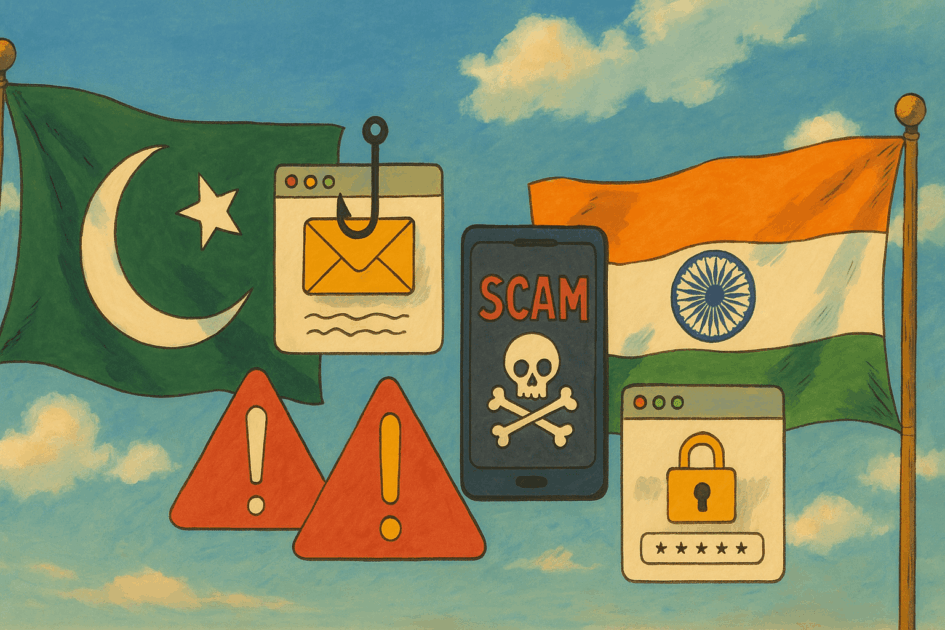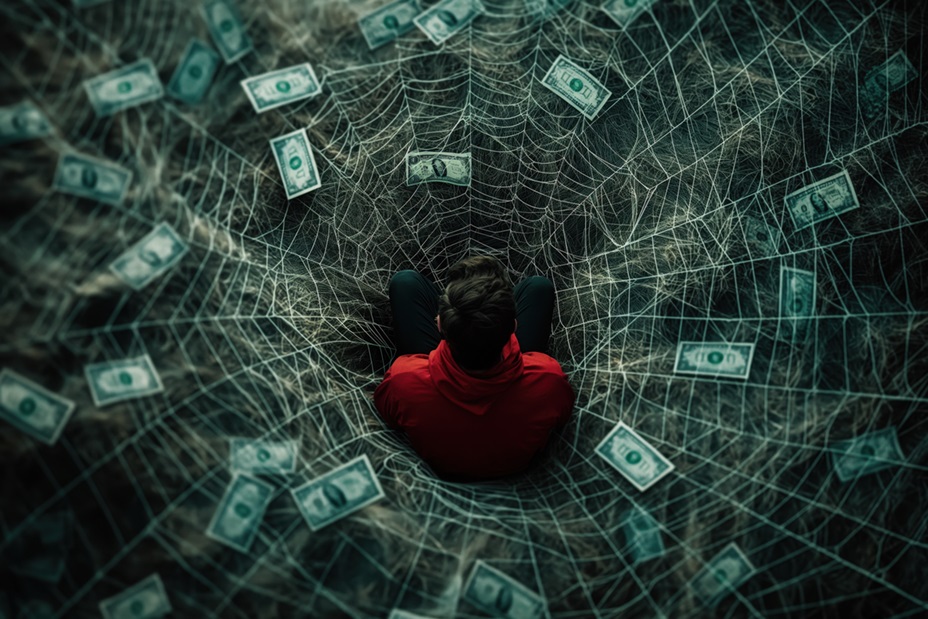“You know, I’m freaked out now. First, I thought it was a joke, but then I read more about this ‘Dance of the Hillary’ thing… now it feels like I’m living in a spy movie.”
Amit texted me last night; honestly, I can’t blame him. If you’re reading this and haven’t heard of the Dance of the Hillary Virus yet, it’s time you start paying attention.
What’s the Deal with This Virus?
If you think it’s just some odd viral meme, think again. The Dance of the Hillary Virus is a sophisticated cyberattack. It is allegedly linked to Pakistan-based hacker groups, but here’s the twist: it’s not just a random attack. This one’s gotten personal.
It started with the usual: phishing, malicious attachments, and files that seem harmless but are loaded with malware.
But the real kicker here? The malware is designed to do more than just compromise your personal information. It’s part of a much larger, more calculated digital battle that has crossed borders.
So, let’s break it down.
“Wait, Hillary Clinton Is Dancing on My Screen?”
Yep, you read that right. If you ever find yourself looking at an animated Hillary Clinton doing a little cha-cha on your screen, don’t be fooled into thinking it’s some random meme or an accidental pop-up. This is the virus at work.
It’s being called the Dance of the Hillary Virus, and while the animation might make you chuckle, it’s just a distraction — a clever ruse.
What happens behind the scenes is far from funny. The virus, once activated, installs a Remote Access Trojan (RAT) on your system. This means the hackers could have total access to your device: your files, your bank details, and anything else they want to dig into.
This RAT lets them silently monitor you, collect sensitive information, and potentially hijack your accounts without you ever knowing.
So, Who’s Behind This?
Here’s where the story gets a little more complicated.
These cyberattacks seem to be linked to groups based in Pakistan. But here’s the part that raises the stakes: The Indian cybersecurity community hasn’t been sitting back and watching.
In fact, Indian digital warriors have fought back, and the response? “Dance of the Hillary.”
Yes, you heard it — Indian hackers, in retaliation, have dubbed their digital counterattacks with the same name.
It’s like a strange digital tug-of-war, and this name has become symbolic of both the attacks and the responses from each side.
How Is This Happening?
The attackers are using a tried-and-tested method: phishing. Here’s how they reel you in:
- Fake PDFs and Links: You’ll get a message or an email that looks official. Maybe a job offer, a government notice, or even a bank statement.
- The Malicious Attachment: A PDF file or a ZIP archive that, once clicked, infects your system with the Hillary virus.
- Silent Infiltration: Once inside, the virus quietly installs itself and gives the hackers remote control over your system. From here, they can harvest your data, watch your online activity, or even use your device to attack others.
It’s all so seamless, it can feel like your computer’s behaving normally, but you could be in the middle of a digital heist.
Is This Really That Serious?
Yes, it is. Beyond the personal threat, there’s a larger digital battle taking place.
The Dance of the Hillary Virus has targeted crucial Indian institutions too.
These aren’t just random victims, the malware has reportedly been found in systems connected to India’s military, defence, and sensitive government institutions.
But what makes this attack different is how it’s being used strategically in cyber warfare.
While you’re worried about your bank details, these groups are after much bigger fish, trying to infiltrate government systems, steal military secrets, and, frankly, create chaos in sensitive sectors.
This isn’t just a personal attack; it’s part of a larger plan. And if you’re one of the many unaware citizens still clicking on random PDFs or messages, you might be inadvertently contributing to this digital battlefield.
The Cyberattack Surge: A National Security Threat
But the threat doesn’t stop there. Just when we thought things couldn’t get worse, the Dance of the Hillary Virus isn’t the only cyber attack we’ve seen recently.
The National Stock Exchange (NSE) and Bombay Stock Exchange (BSE) have been hit by a surge of cyberattacks — attacks that have forced them to restrict foreign access to their networks as a precaution.
As of May 2025, Indian authorities are tightening security after an alarming increase in cyberattacks on the financial sector.
According to the latest reports, both exchanges have started curbing foreign access to ensure that their systems aren’t compromised.
The surge in these digital threats is believed to be the result of coordinated efforts from multiple hacker groups, some of whom are allegedly linked to hostile nations.
This action comes after concerns that sensitive financial data and trading algorithms could be accessed by malicious actors.
The idea is to limit exposure to external threats by reducing the access point for international users while tightening internal security measures.
What Should You Do to Protect Yourself?
You’ve probably heard this a thousand times, but it’s time to take action. Here’s how you can fight back:
- Don’t Trust Random Files: If you get a PDF or any attachment from someone you don’t recognize, delete it immediately. Even if it looks official or you think it’s from a friend, don’t take the risk.
- Update Your Systems: Regular updates can patch up holes that hackers love to exploit. Make sure your operating system, antivirus, and apps are always up to date.
- Be Cautious with Links: Don’t click on links from unknown sources, even if they seem to come from trusted platforms like Facebook or WhatsApp.
- Use Strong Security Practices: Enable two-factor authentication on your accounts and use strong, unique passwords for everything. It’s not just about avoiding phishing links — it’s about strengthening your defenses.
Final Thoughts: Is It Just a Virus?
At the end of the day, this isn’t just about a virus or a malicious file. This is the future of warfare. A war that doesn’t happen in the open but inside our devices, in our virtual lives.
The Dance of the Hillary Virus might seem like an odd name, but it’s a reminder of how real these digital threats are.
Whether it’s hackers in Karachi or digital warriors in India fighting back, it’s clear — the battlefield has shifted, and we’re all part of the fight.
So, the next time you get a PDF from an unknown number or an email that looks “too good to be true,” just remember — it’s not just your bank account on the line. The whole system might be in danger.







